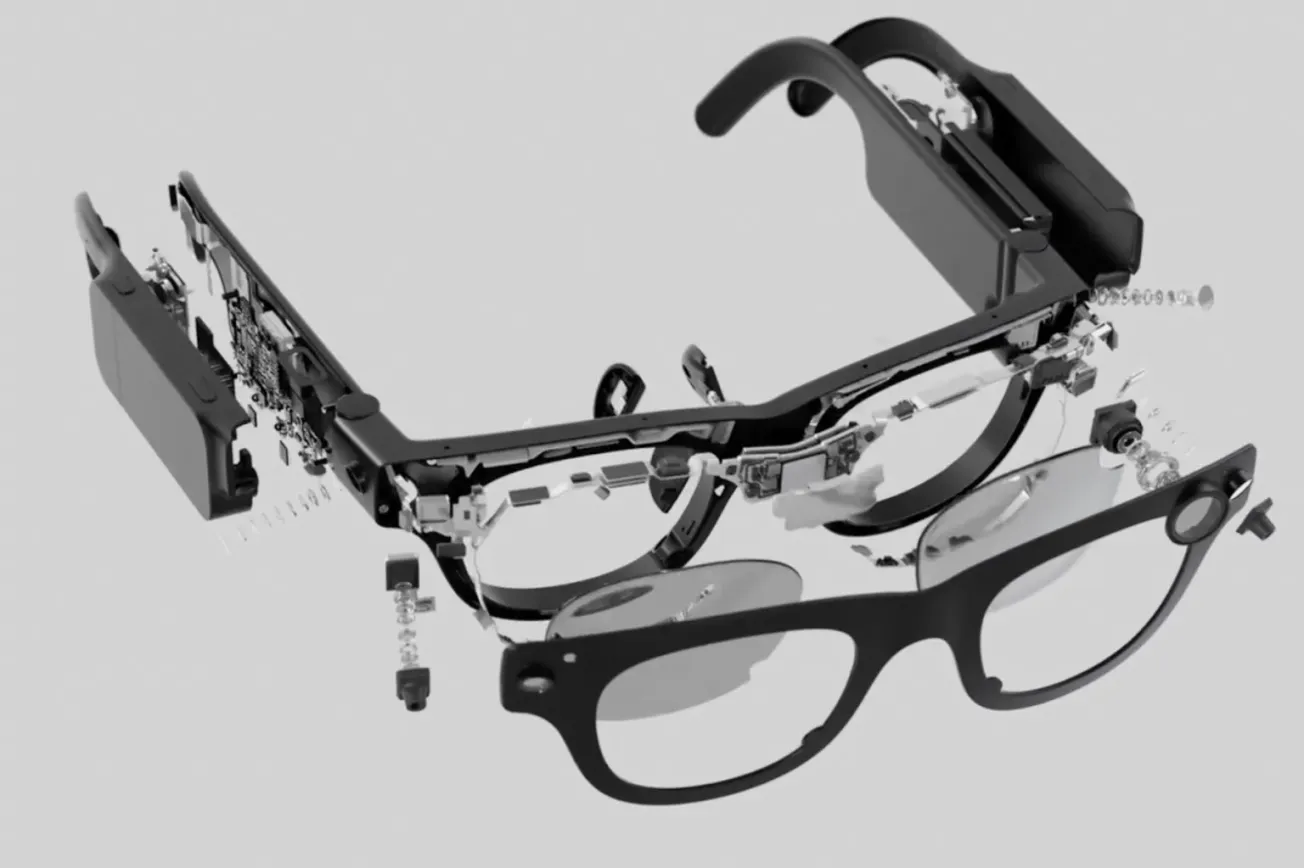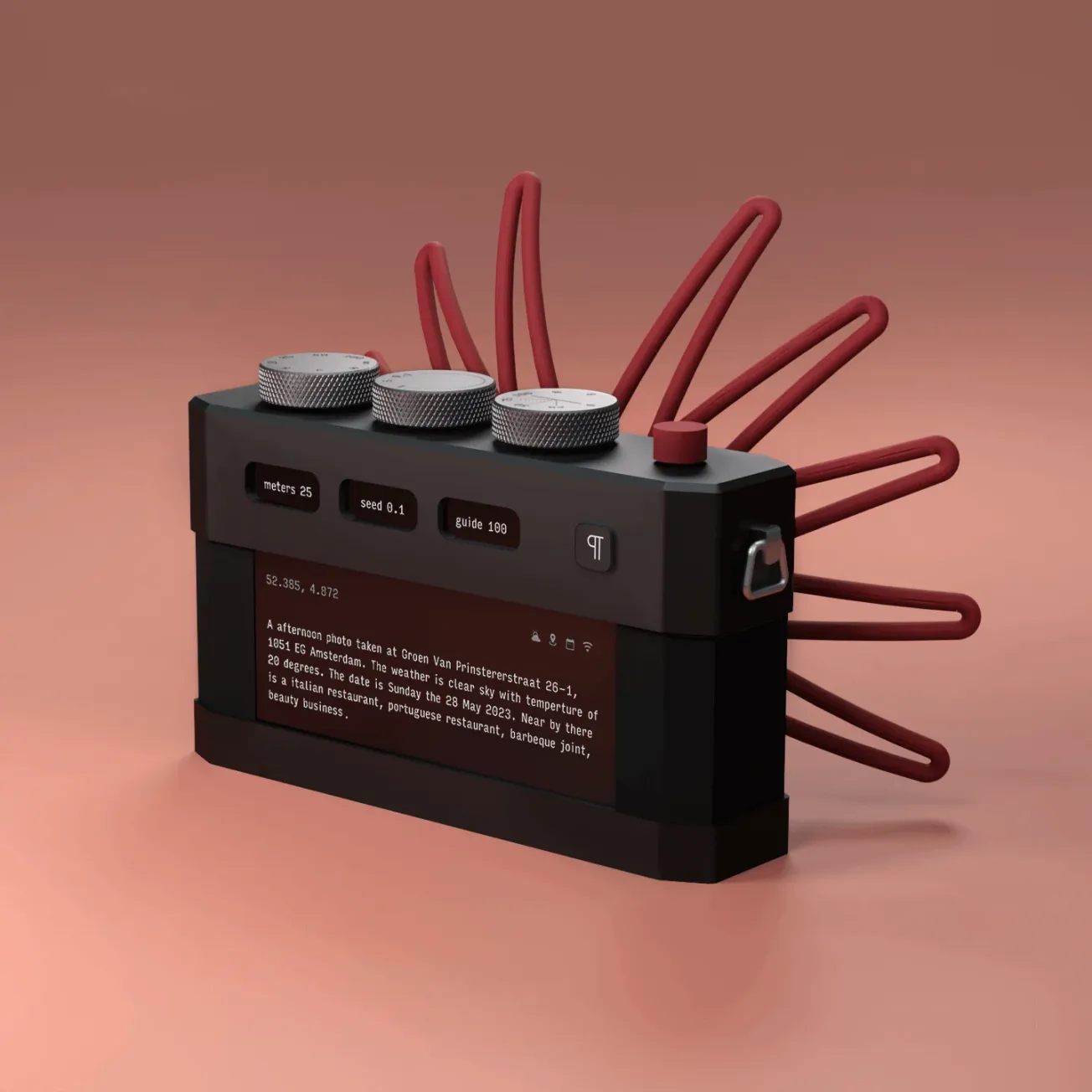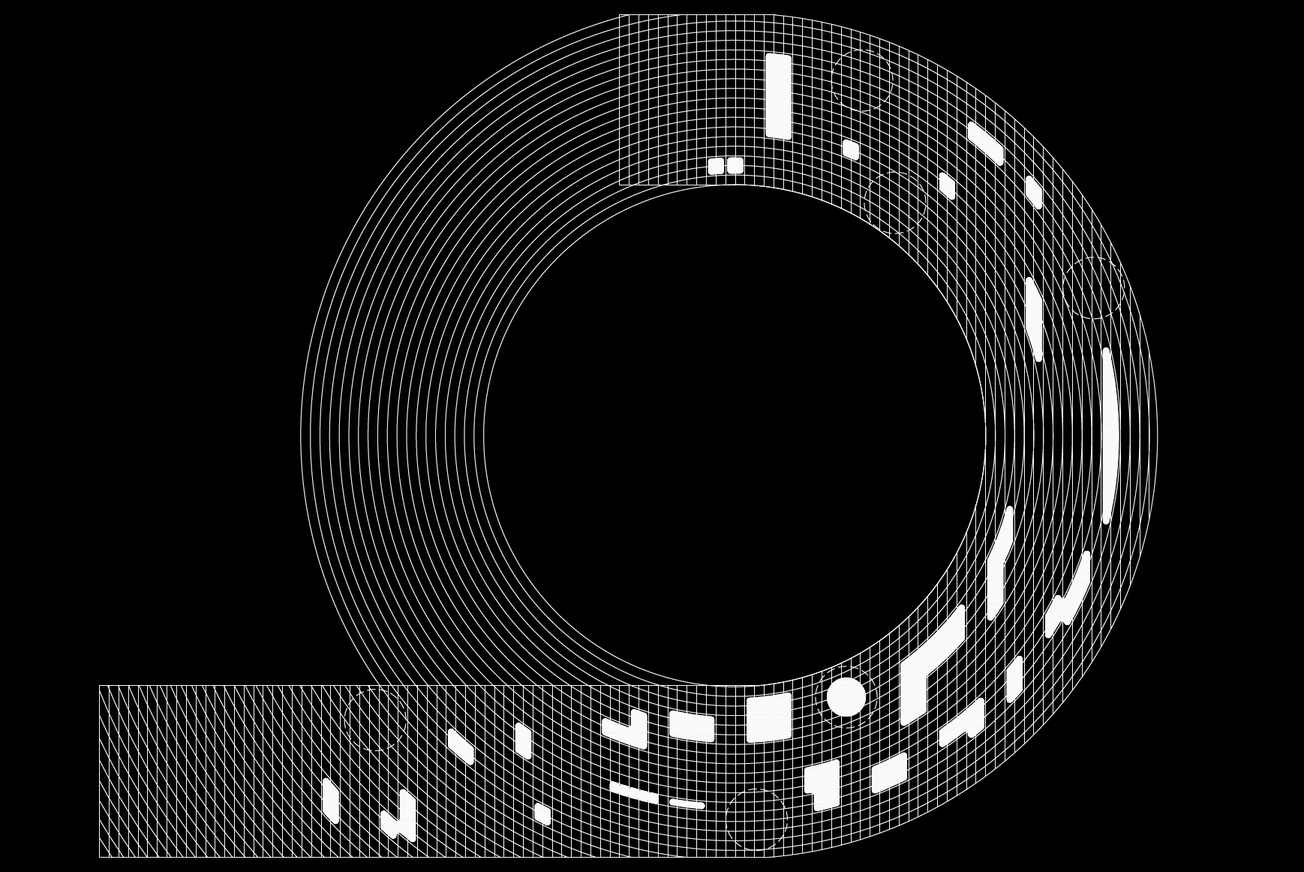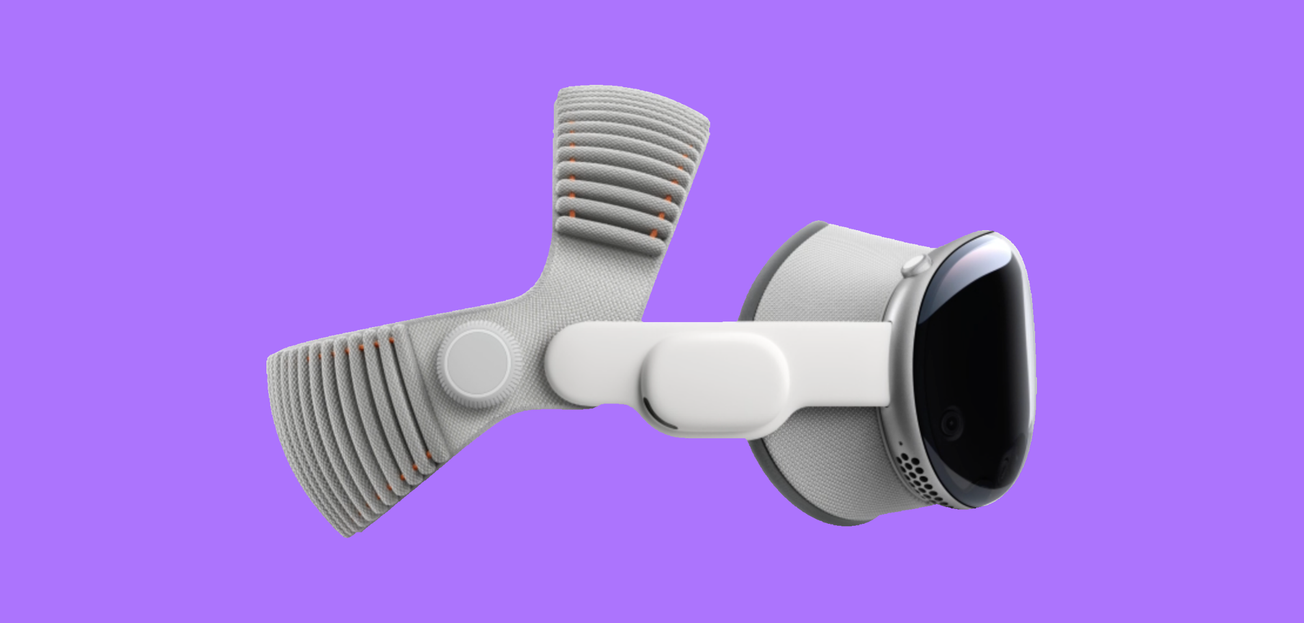Monocular smart glasses—lightweight eyewear with a single micro-display—are moving from niche industrial tools toward broader adoption. Unlike bulkier mixed reality headsets, these glasses emphasize practicality and discretion, making them increasingly appealing for professional use and early consumer applications.
The shift comes as major players in wearable tech refine hardware that overlays information at the edge of a user’s vision without obstructing natural sightlines. Logistics firms, field technicians, and healthcare providers have been first movers, using monocular smart glasses for hands-free access to real-time data, remote guidance, and workflow optimization. Early consumer-facing models are emerging as well, designed for navigation, fitness tracking, and discreet notifications.
The appeal lies in form factor and usability. By opting for a single display, monocular designs reduce weight, improve battery efficiency, and minimize the social stigma often tied to bulkier augmented reality headsets. Developers are also leveraging advances in voice interfaces, gesture controls, and AI-driven assistants to streamline interaction.
For creative professionals, the implications are significant. From live translation overlays to camera-linked design tools, monocular smart glasses present a wearable platform that augments without overwhelming. As hardware costs decline and software ecosystems expand, these devices are positioned to transition from specialist gear to a more accessible category of everyday wearable computing.





